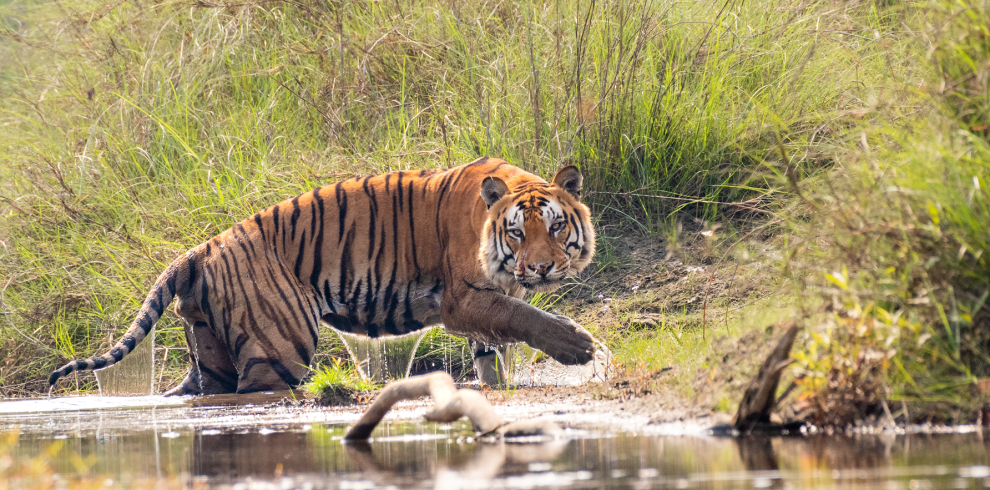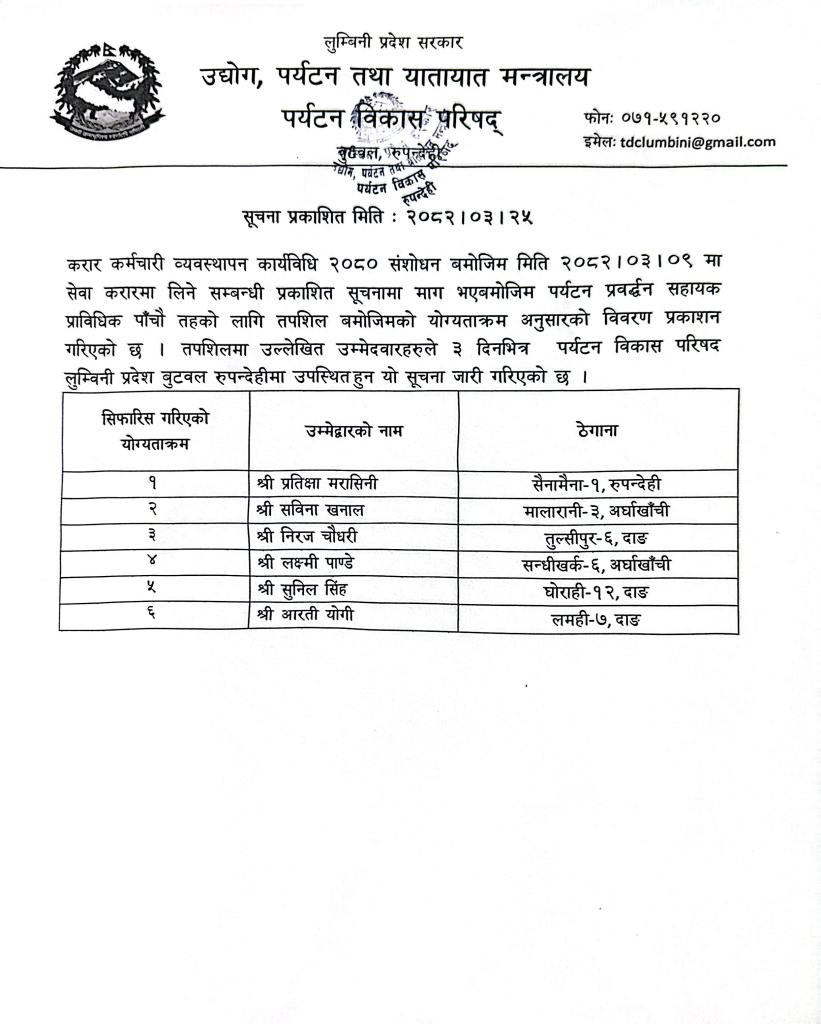Banke National Park, located in the Banke district of Nepal, is a remarkable protected area that encompasses a vast expanse of diverse landscapes and abundant wildlife. With an area of approximately 550 square kilometers, the park is renowned for its rich biodiversity, scenic beauty, and significant conservation efforts. Established in 2010, Banke National Park is situated in the Terai region of Nepal, which is characterized by lowland plains and dense forests. The park represents a transition zone between the subtropical forests of the Gangetic plain and the Siwalik Hills. This unique geographical location gives rise to a variety of ecosystems, including riverine forests, grasslands, wetlands, and Sal forests. The park is home to an impressive array of wildlife, making it a prime destination for nature enthusiasts and wildlife enthusiasts alike. One of the park’s most iconic species is the Bengal tiger, a critically endangered big cat that roams the dense jungles of Banke. Other notable inhabitants include the elusive leopard, one-horned rhinoceros, Asian elephant, swamp deer, wild boar, and various species of monkeys and deer. In addition to mammals, Banke National Park boasts a diverse avian population. Birdwatchers can spot over 300 species of birds, including the critically endangered Bengal florican, sarus crane, white-rumped vulture, and great hornbill. The park’s wetlands and water bodies attract numerous water birds, adding to its ornithological significance. Banke National Park also plays a vital role in the conservation of rare and endangered flora. Its forests are adorned with towering Sal trees, along with a variety of other tree species like teak, khair, sissoo, and silk cotton.
These forests provide a crucial habitat for many plant species, supporting the overall ecosystem and contributing to the park’s ecological importance. Visitors to Banke National Park can immerse themselves in its natural splendor through a range of activities. Guided jungle safaris, both on foot and in vehicles, offer an opportunity to spot wildlife up close while exploring the park’s diverse terrain. Birdwatching excursions allow visitors to observe the park’s vibrant birdlife in their natural habitats. Additionally, nature walks, camping, and picnicking amidst the serene surroundings are popular recreational activities.
The park is also home to several local communities, including indigenous Tharu people, who have a deep connection with the land and its resources. These communities, with their rich cultural heritage and traditions, coexist harmoniously with the park’s conservation efforts. Visitors can engage in cultural experiences, such as traditional dances, music, and local cuisine, providing a glimpse into the unique way of life in this region. Conservation and sustainable management lie at the heart of Banke National Park’s mission. The park collaborates closely with local communities and stakeholders to ensure the protection of its flora and fauna while promoting eco-friendly practices. Community-based initiatives, such as community-managed forests and eco-tourism programs, are instrumental in fostering the involvement of local residents and generating benefits for the community through responsible tourism. In conclusion, Banke National Park stands as a testament to Nepal’s commitment to preserving its natural heritage. With its diverse ecosystems, remarkable wildlife, and active conservation efforts, the park offers a captivating experience for nature lovers, wildlife enthusiasts, and those seeking an authentic connection with the natural world. As visitors explore the wonders of Banke National Park, they not only witness the beauty of nature but also contribute to its protection and the well-being of the local communities.


